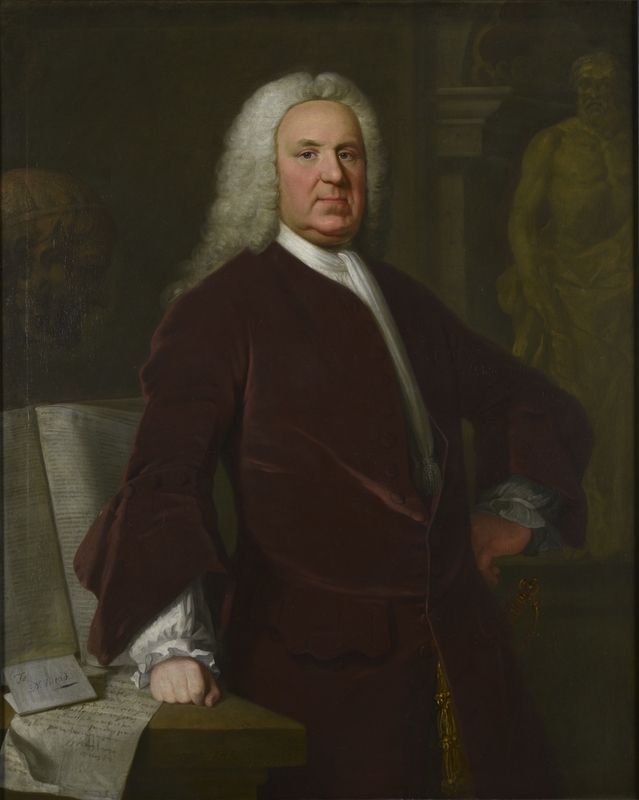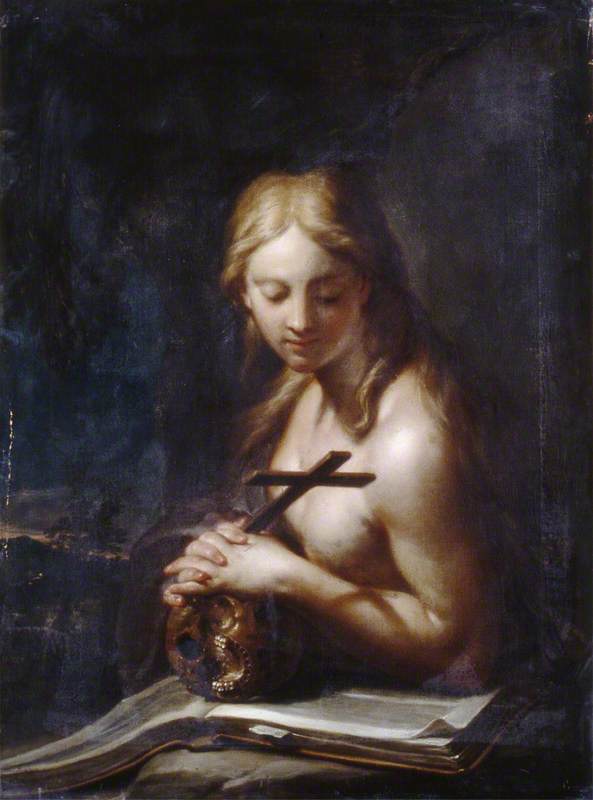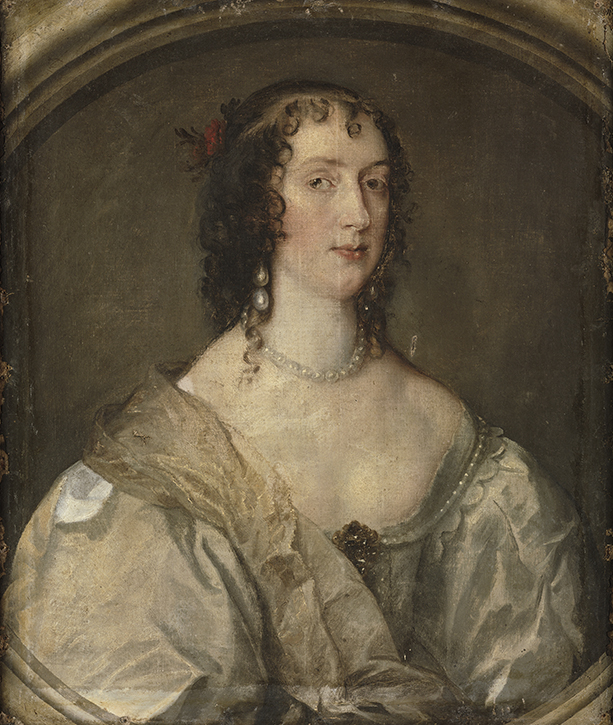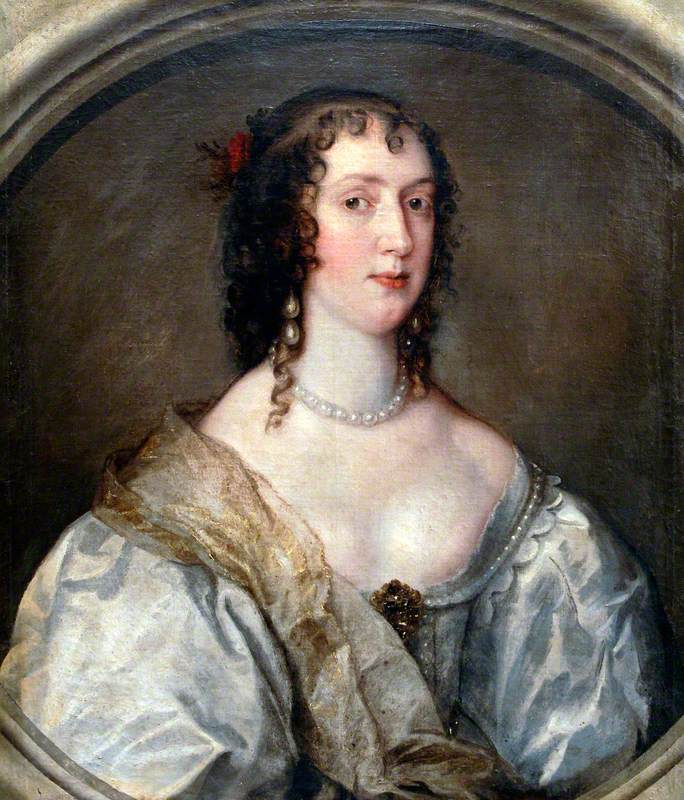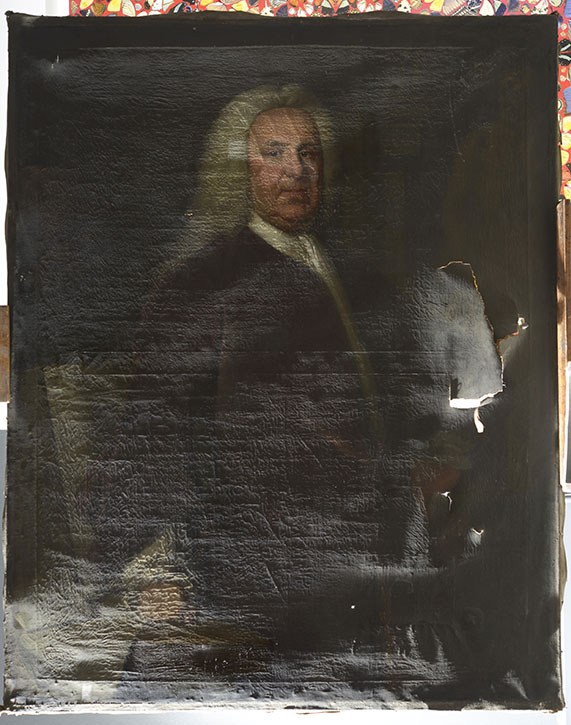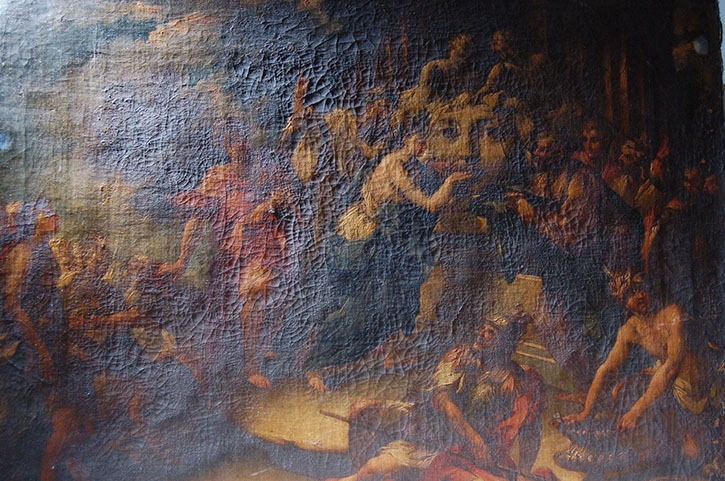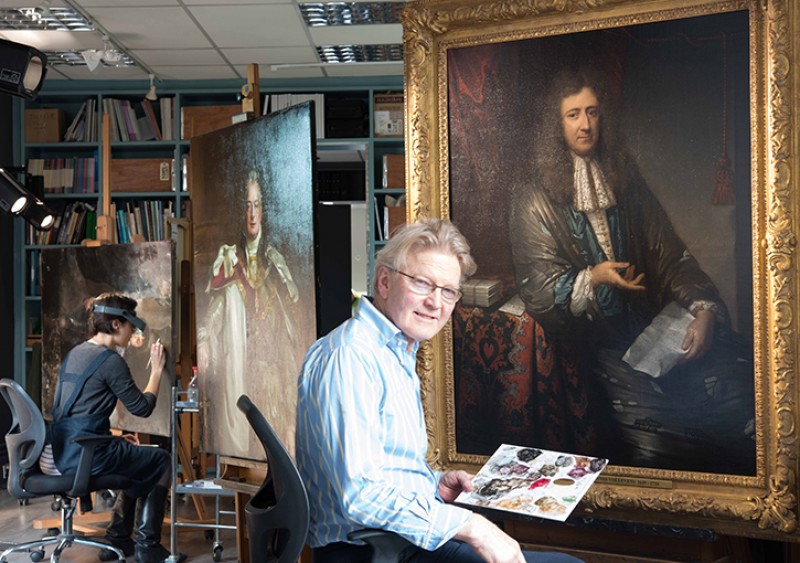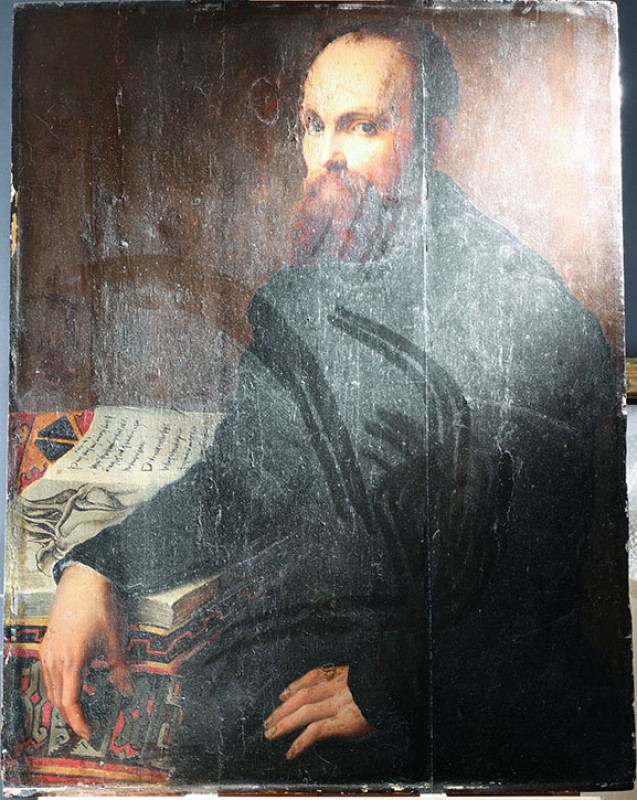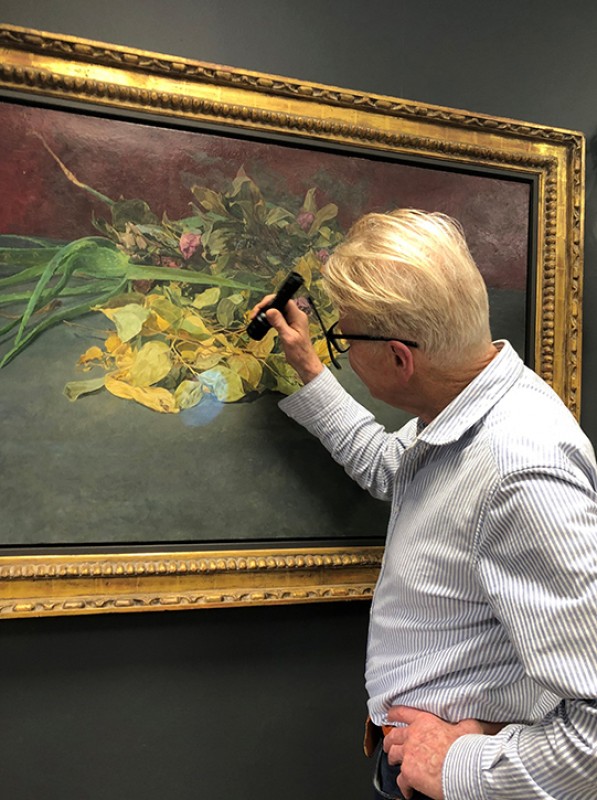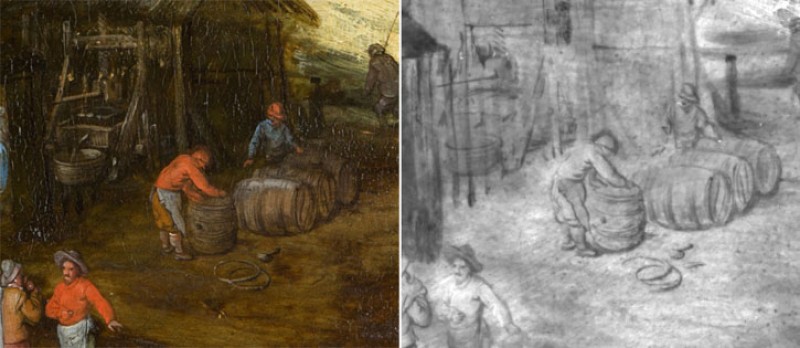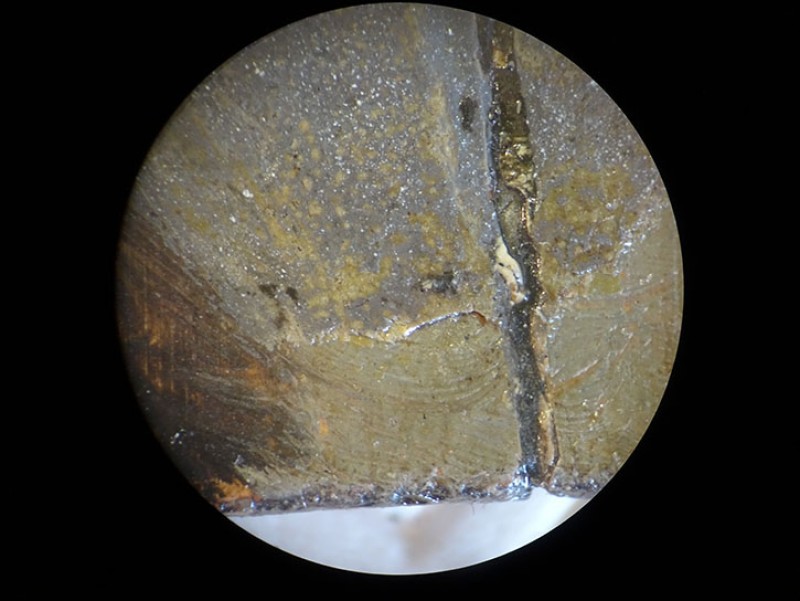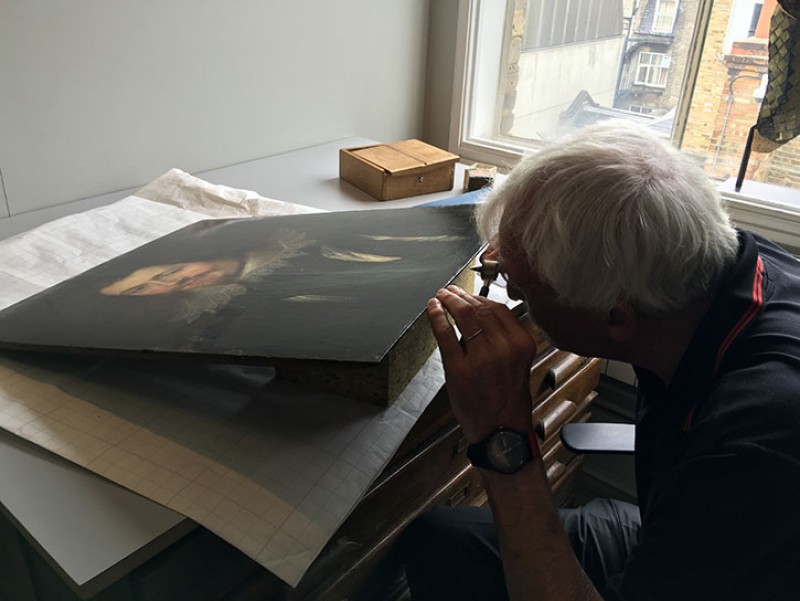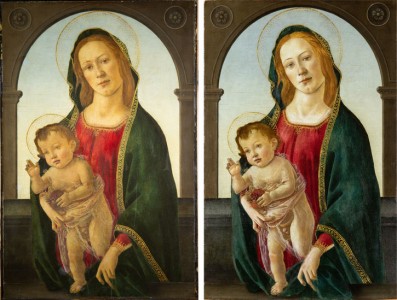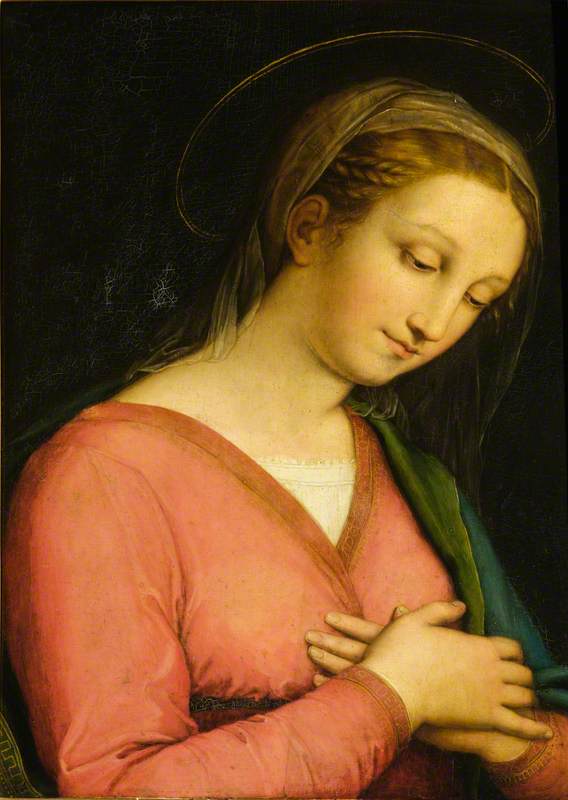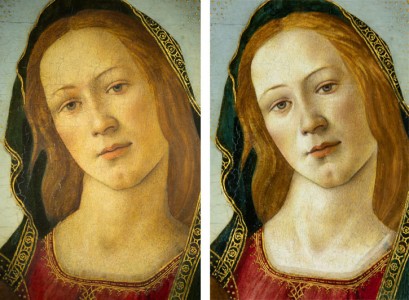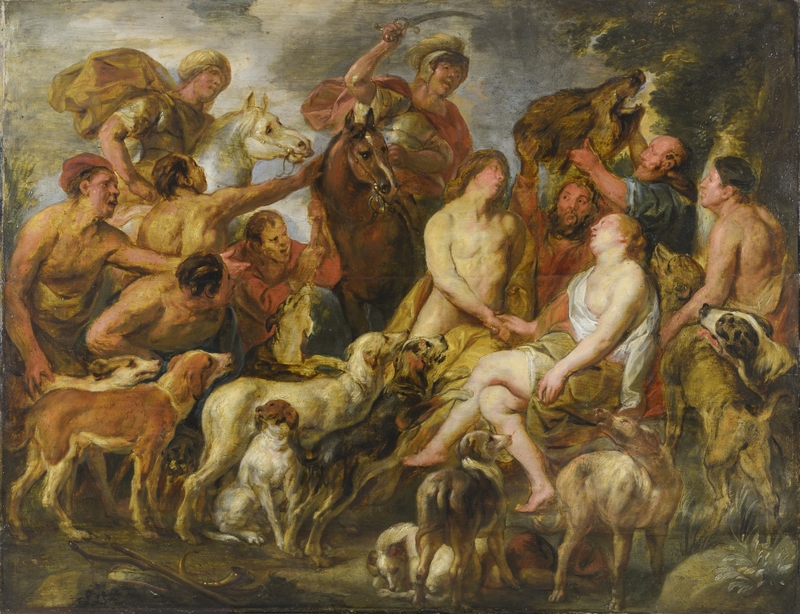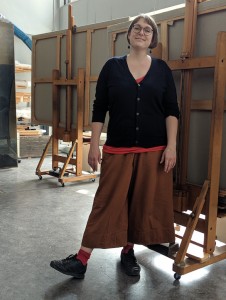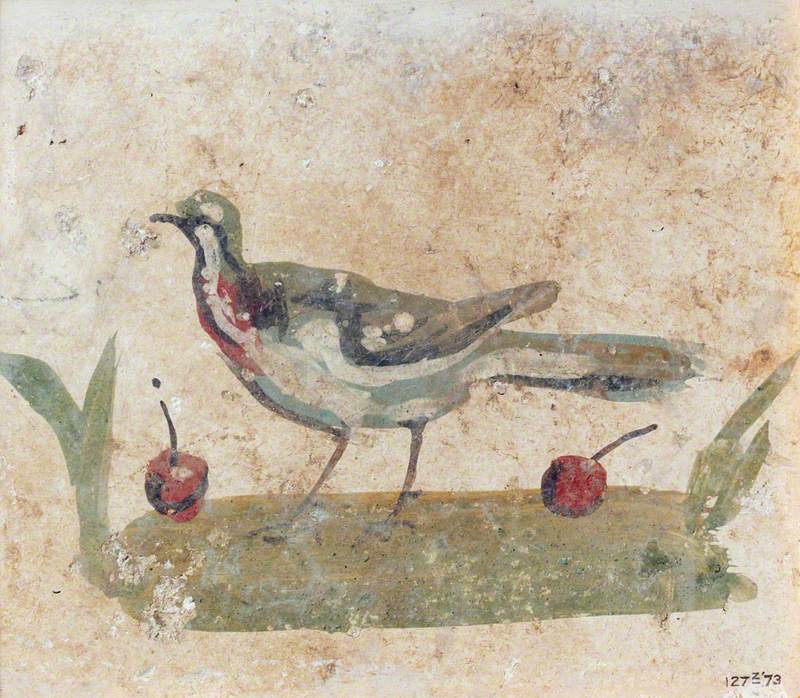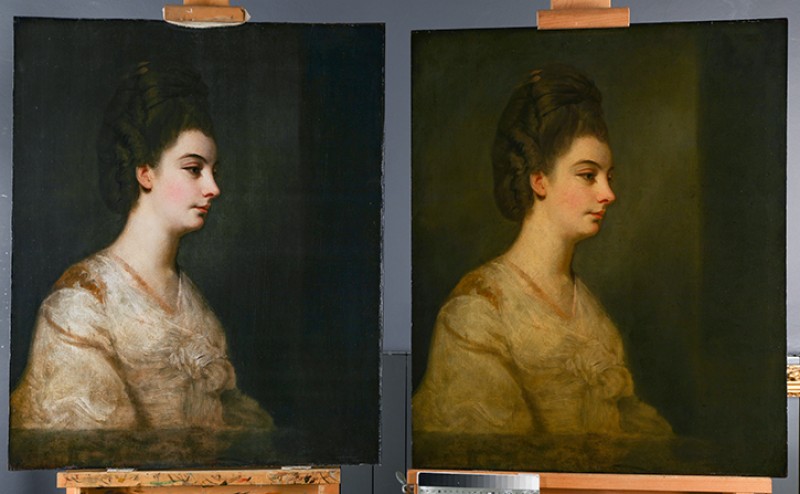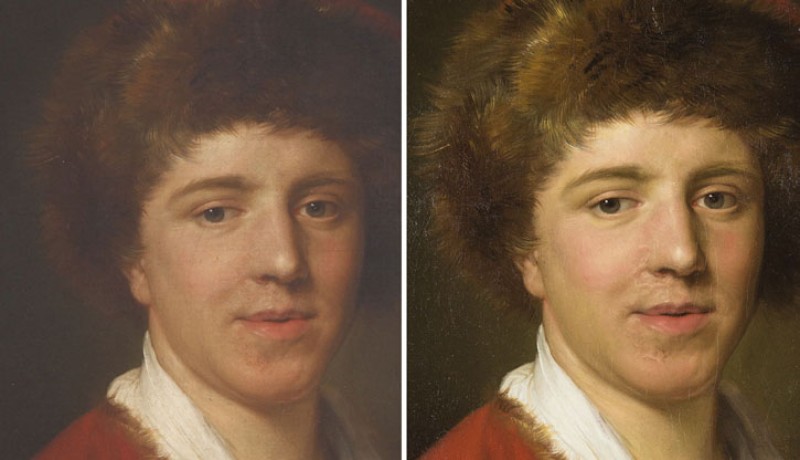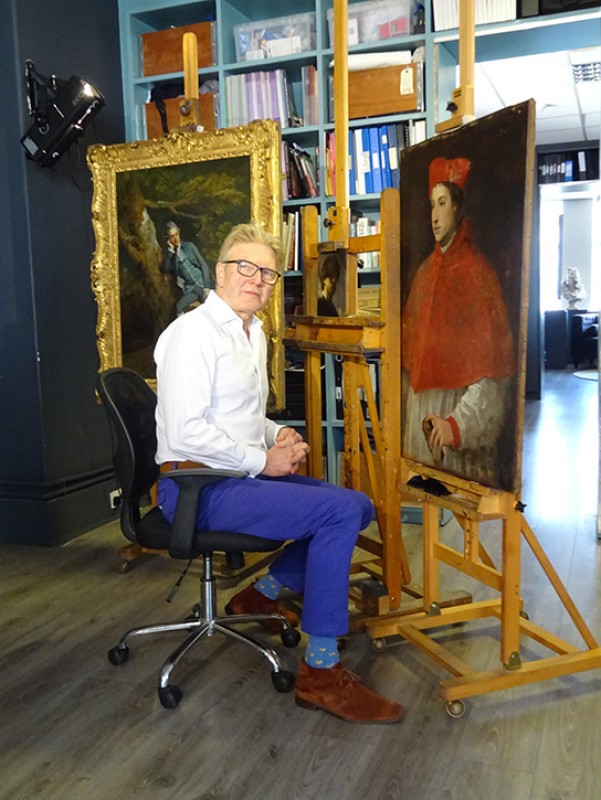In this series, 'Conservation in focus', Simon Gillespie, Director of Simon Gillespie Studio, explores the art of conservation. In each article, Simon looks in depth at a particular technique or tool that is crucial to conservators and explores the challenges – and triumphs – associated with their everyday work.
Canvas is a widely used support for painting, and while relatively strong and durable, it can present some issues – mainly tears and deformations, but sometimes holes. So far on the Britain's Lost Masterpieces series, only one painting has been brought to my studio with a hole in it: the portrait of Dr Mead by Allan Ramsay from Montrose Museum. It had a branched tear, mostly in the background, but also across the sitter's arm.
Allan Ramsey's portrait of Dr Mead before treatment: detail of a tear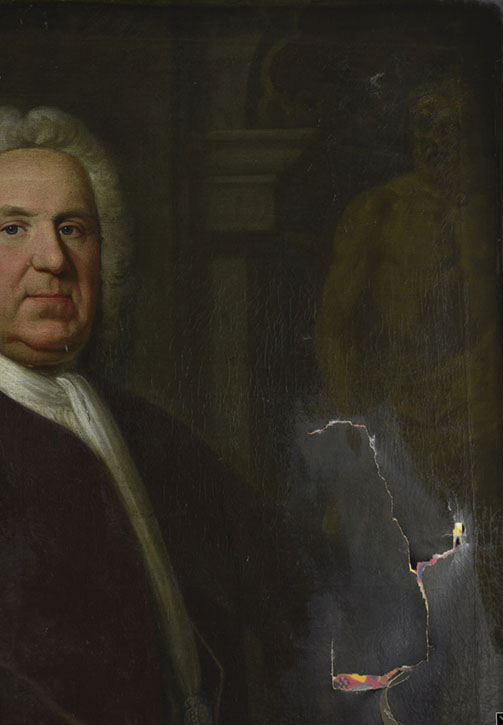
Many others that we treated on the series did have old tears and holes that had been more or less successfully repaired in the past. There are various methods for repairing tears: historically, a patch would be applied to the back of the canvas, but problems can arise with that method.
The reverse of the portrait of Dr Mead before treatment, showing a tear and patch
This was the case with the portrait of Dr Mead: two old damages (in the upper-right corner and lower-right corner) had been repaired with patches, and the adhesive used had caused the original canvas to shrink, resulting in undulations and deformations.
There are several different methods conservators use for repairing tears: for example, the canvas can be re-weaved by a conservator using needles under the microscope to join each thread individually, which gives amazing, near-invisible results but is very time-consuming and therefore expensive.
Thread-by-thread tear repair, in action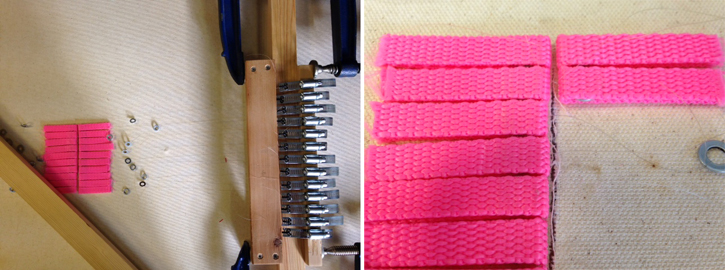
Another method is to apply a supporting canvas to the reverse of the original (a process known as lining) using a suitable adhesive. The lining method has been in use for hundreds of years, although, in the past, a wax adhesive could seep through the original canvas and darken the paint – an issue we often see with paintings bought in the studio. Lining methods today are much safer and achieve more sympathetic results for the picture. We used lining in the case of the Dr Mead portrait to support the old, poorly repaired damages and the more recent, large rip.
Tear repair, in action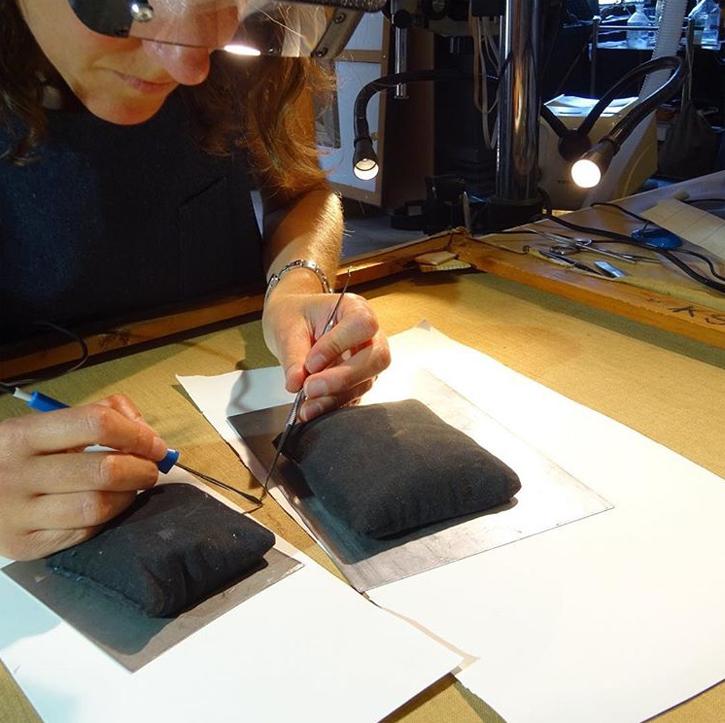
A picture of Mary Magdalene by Francesco Trevisani from Brighton & Hove Museums had been previously lined to support tears in the original canvas.
The lining canvas was still doing its job nicely. There were a few structural issues apparent on examination in the studio, including cracking paint – which was at risk of flaking off and being lost – as well as deformations and small tears that had occurred after lining. Debris had fallen between the canvas and the stretcher bar, pushing the canvas forward and causing deformations along the bottom edge. The tension of the canvas was slightly slack. In some cases, it might be necessary to remove the existing lining and apply a new one, but in this case, we were able to improve the condition without quite so much intervention: the debris behind the stretcher bar mark was removed, the tension of the canvas was adjusted by gently tapping the keys, the tears were repaired and deformations resolved with localised treatment.
With the portrait of Olivia Boteler Porter by Anthony van Dyck, from The Bowes Museum, the painting arrived at the studio unlined and the original canvas was in remarkably strong and flexible condition given its age. There were two small patches on the reverse repairing two small holes. At some point in its history, the canvas had lost tension and had rested on the stretcher bars, resulting in marks around the edges and one vertical mark down the image where the paint had been exposed along the lines of the stretcher.
The portrait of Dr Mead by Ramsay also had stretcher bar marks and undulations resulting from poor tension. Canvas becomes looser over time as the fabric softens, just like a pair of jeans! Checking the tension of the canvas is important, as poor tension will mean the canvas will move and no longer properly support the paint layer, which can lead to flaking and losses.
I have observed this, for example, in the scene La bocca della verità by Michele Rocca, which I treated for The Holburne Museum in Bath some time ago. Poor tension can also result in undulations in the canvas, which will have a distorting effect in different lights. These are resolved with the carefully monitored application of controlled humidity, heat and pressure to bring the canvas back into plane.
In my next article, I will describe one of the conservation processes that can give the most visually impressive results: removing old varnishes from the paint surface.
Simon Gillespie, Director at Simon Gillespie Studio
Previous: Treating artworks: works on panel
Next: Varnish removal
